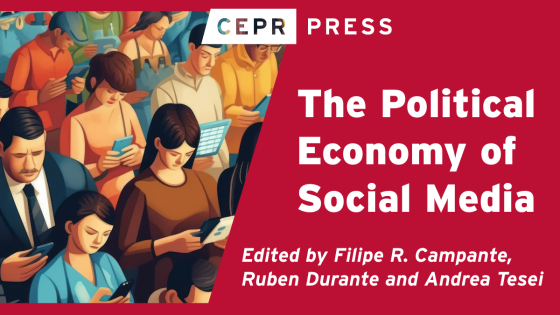DP12877 Globalisation and Urban Polarisation
External trade affects the internal spatial structure of an economy, promoting growth in some cities or regions and decline in others. Internal adjustment to these changes has often proved to be extremely slow and painful. This paper combines elements of urban and international economics to draw out the implications of trade shocks for city performance. Localisation economies in production of internationally tradable goods mean that cities divide into two types, those producing tradables and those specialising in sectors producing just for the national market (non-tradables). Negative trade shocks (and possibly also some positive ones) reduce the number of cities engaged in tradable production, increasing the number producing just non-tradables. This has a negative effect across all non-tradable cities, which lose population and land value. Remaining tradable cities boom, gaining population and land value. Depending on the initial position, city size dispersion may increase, this raising the share of urban land-rents in national income and reducing the share of labour.


